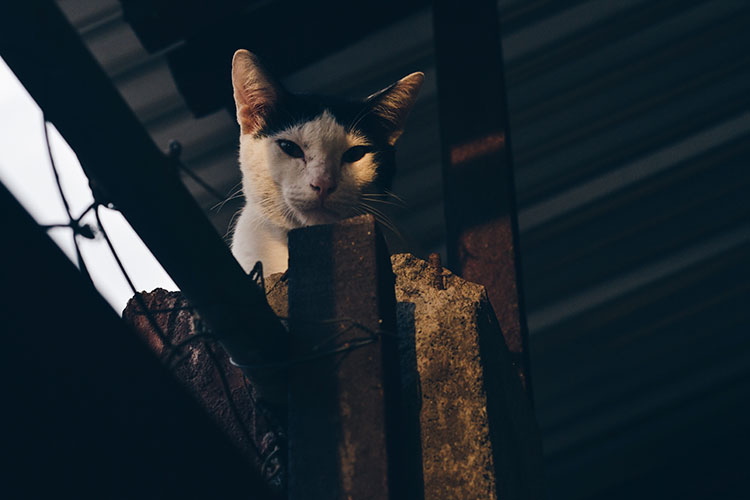The Eyes Have It
The Eyes Have It!
They may be the window to the soul but for such an important and intricately complex organ, eyes have quite limited expressions of disease. Confusingly, disease in different parts of the eye often presents with the same symptoms of; pain [squinting or holding eyelids tightly closed], ocular discharge and inflammation or redness of the lids and conjunctiva. Milton Village Vet encourages owners of pets’ displaying these symptoms to seek prompt veterinary diagnosis and treatment.
Conjunctivitis
This is the most common ocular condition in pets and presents with ocular discomfort, redness and discharge. Causes include allergies [usually exacerbated by wind and season], immune mediated, infectious or traumatic. Self-trauma can cause secondary corneal ulcers.
Corneal Ulcer
Is an abrasion on the clear “front windscreen” of the eye. They can be deep or superficial and complicated/uncomplicated. Patients present with pain, redness and discharge. Vets use a fluorescent dye to visualise or rule out ulcers. Treatment varies from eye ointments and anti-inflammatories through to surgery. Untreated ulcers can induce a secondary reflex uveitis, perforations and result in loss of sight.
Dry Eye
The precorneal tear film consists of a mucus, aqueous and lipid layer and is essential for ocular health and vision. An absence or reduction in tear production results in pain, redness and discharge with a daily build-up of gooey eyelid crust. Chronic corneal changes and ulceration can occur secondarily. Diagnosis is straight forward and medical therapy is usually very successful.
Eyelid abnormalities
This affects many pure breed pets especially those with excessive facial wrinkles. Some have eyelids that roll in [entropion] or roll out [ectropion] or have eyelashes that rub against the cornea and tear film [distichiasis]. Conjunctivitis, ulcers and tear film disturbances can complicate diagnosis but treatment is generally surgical.
Lens/Uvea/Glaucoma
The lens is an avascular, transparent biconvex structure. Compaction of lens fibres within the lens capsule causes the progressive loss of transparency seen in most dogs from around 6 years of age. Termed lenticular sclerosis it is frequently confused with a cataract. A cataract is a lens opacity usually due to inherited causes or diabetes mellitus. Chronic cataracts can induce uveitis and glaucoma which presents as, you guessed it, pain, redness and discharge.







